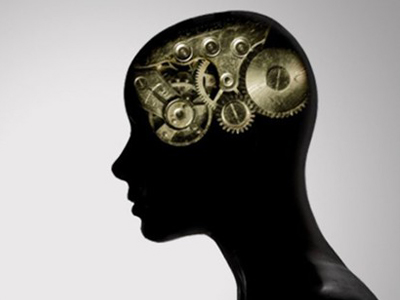Smart homes can also be referred to as smart home service platforms. They are the integrated use of computers, network communications, home appliance control and other technologies. They effectively combine home intelligence such as home intelligence control, information exchange, and consumer services to create high-efficiency, comfort, and safety. Convenient personalized home life. It is the inevitable result of the development of household goods and artificial intelligence to a certain stage, and it is a smart home. Home, is the harbor where each one of us is spiritually connected, and smart individual household appliances can't replace family relationships and love! There is a clear lack of 'caring' for smart homes that are piled up by smart home appliances. This is not a real smart life. The most obvious difference between smart homes and smart homes is that intelligence is a means; home is a device; wisdom is Thought and family are affections.Smart homes use intelligent means to control home devices; smart homes give traditional and smart home ideas, give their souls, make home devices sense people’s needs, and give full play to their subjective initiative to better serve people. service. The current smart home development is in its infancy, and the smart interconnection between things and things is at a lower level. With the gradual development of information technology, the improvement of network technology, the upgrading and management of artificial intelligence technology, the deep application of IoT technology, the increasing availability of applicable network carriers, and the gradual promotion of home network strategies for large-bandwidth indoor networks. The information service will eventually move toward the smart family. The development of smart homes in foreign countries is at an advantage in overall development. The level of smart homes and intelligence in developed countries such as the United States, Germany, Japan, and South Korea is significantly higher than that of developing countries, and Google, Apple, Microsoft, Samsung and other world giants In the development of the smart sector, it occupies the absolute advantages of technological R&D and market operations. Their continuous exploration has promoted the development of smart homes throughout the world. However, there is a low level of smart interconnection between things and things, and smart homes still show an “islanding†state. Domestic smart homes are mainly based on traditional smart homes. The intelligence level of smart home products lags far behind that of Europe and the United States. The strength of domestic smart home brands such as Haier, Anjubao, and Ruilang is far from enough to support the world. The giants directly compete in this market. How to break the development dilemma and realize intelligent innovation and upgrade development are issues that domestic smart home companies need to ponder deeply. On the whole, although there is ample room for the development of smart industries, smart households are still at a lower level of development. The “Wisdom Family†encompasses a wide range of industries. With the explosion of various types of information in a geometric manner, the development of the Internet, smart grid, and the Internet of Things has promoted the development of smart homes and smart homes. In 2014, known as the first year of smart home, the whole world of smart homes showed a rapid growth trend. While the storm of smart homes swept the world, it also gave birth to people's further yearning for their advanced stage—wisdom families, and the concept of smart homes became more and more. More and more manufacturers are widely publicized and their popularity is high. However, it must be recognized that, due to the lack of technical support for the concept explosion, real interconnection cannot be fully realized. It takes a long time for the smart ecosystem to be built by the smart family. Steel poles are commonly used to carry several
types of electric power lines, distribution lines and lighting system. Distribution lines carry power from
local substations to customers. They generally carry voltages from 4.6 to 33kV
for distances up to 30 miles, and include transformers to step the voltage down
from the primary voltage to the lower secondary voltage used by the customer. A
service drop carries this lower
voltage to the customer's premises. Lighting Pole,Street Lighting Poles,Traffic Signal Light Pole,High Mast Lighting Poles Yixing Steel Pole International Trading Co., Ltd , https://www.yx-steelpole.com